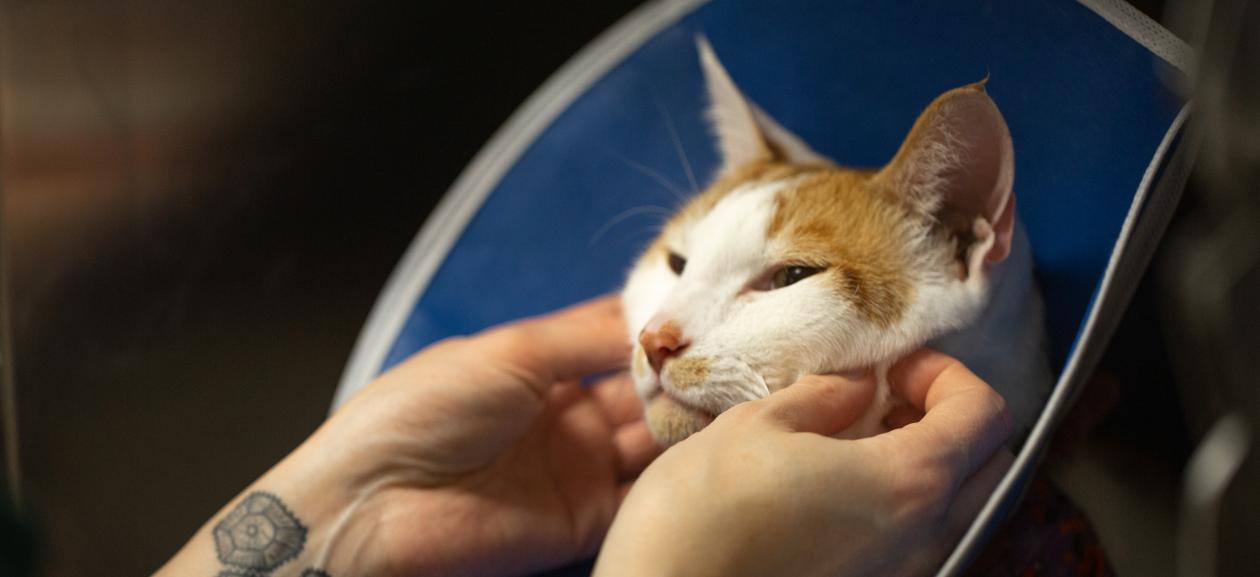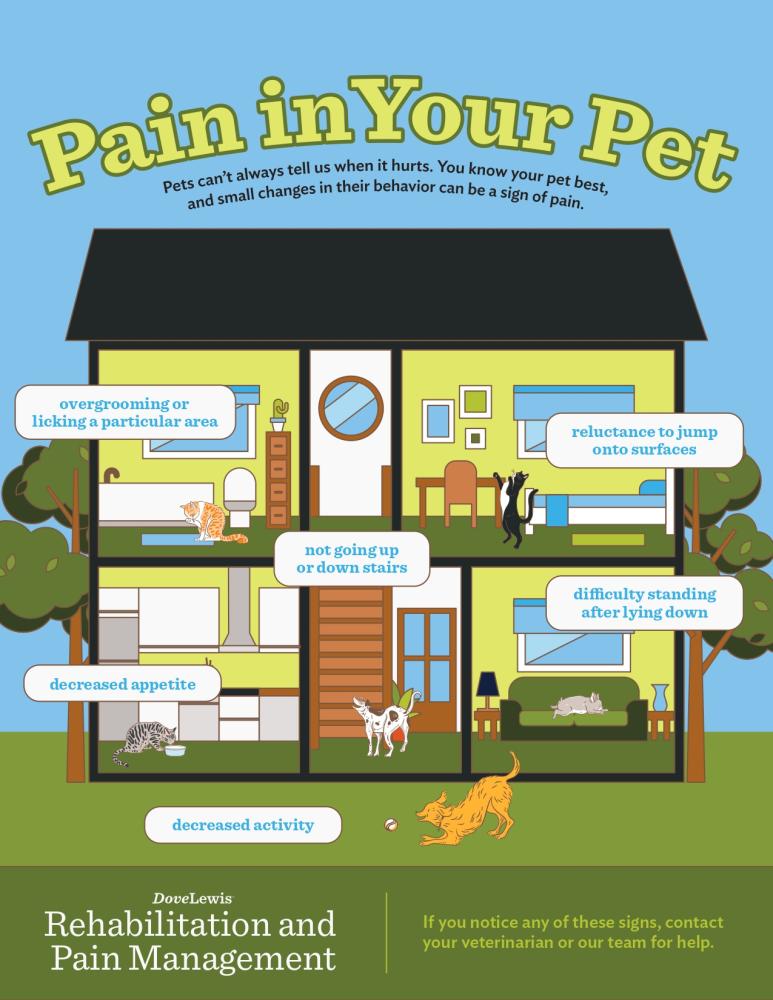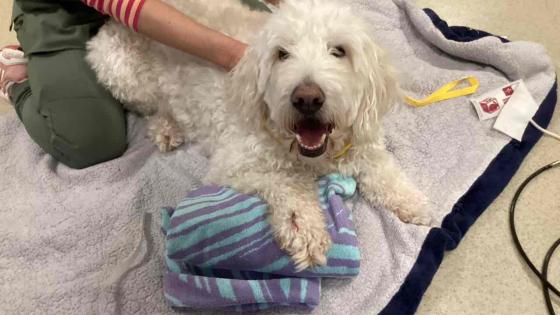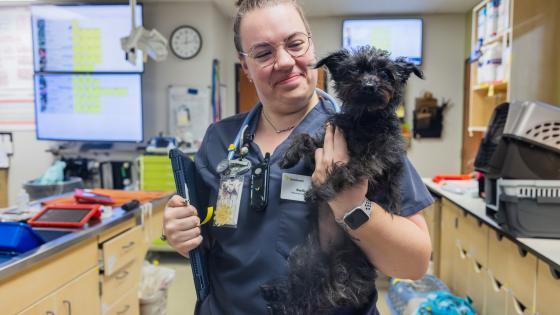
Is My Cat in Pain?
Cats are masters of disguise when it comes to discomfort. Their independence and subtle behaviors, combined with a natural instinct to hide pain as a survival strategy, mean they often suffer in silence. As a cat owner, learning to detect the signs of pain is essential for ensuring your feline companion gets the care they need.
The Difference Between Acute and Chronic Pain in Cats
Just like with dogs, pain in cats can be categorized into two main types:
- Acute Pain: Sudden, often caused by injury or trauma such as a broken bone, bite wound, or surgery. Usually short-term and resolves as the underlying issue heals.
- Chronic Pain: Long-lasting, often associated with conditions like arthritis, dental disease, or chronic inflammation. Can persist for weeks, months, or even years, and often requires ongoing management.
How to Assess Your Cat’s Pain at Home
Observing your cat carefully is the best way to assess pain. Stay calm—cats are sensitive to their owners’ emotions, and stress can worsen their discomfort. Leave palpating sore areas to a veterinarian, as doing so without professional guidance can increase pain or risk injury.
Key Indicators Your Cat May Be in Pain:
- Increased Hiding: Cats in pain often retreat to quiet, secluded areas and may be more difficult to coax out. This is one of the most common early signs of discomfort.
- Changes in Grooming: Overgrooming certain areas or neglecting grooming entirely.
- Altered Posture or Facial Expressions: Hunched posture, arched back, tucked legs, squinting eyes, flattened ears, or tension around the cheeks, nose, or mouth.
- Reluctance to Move: Avoiding jumping, climbing, or even walking.
- Behavioral Changes: Increased withdrawal, irritability, or aggression.
- Appetite Changes: Decreased interest in food or difficulty eating.
- Vocalization Changes: Either increased meowing, growling, or unusual silence.
- Litter Box Challenges: Straining, avoiding the box, or accidents outside the box may indicate pain or mobility issues.

Using Pain Scales
Veterinarians may use feline pain scales to quantify discomfort, but at home, careful observation of behavior and activity is most practical. The International Veterinary Academy of Pain Management (IVAPM) does offer helpful checklists that can help owners track signs of pain.
What to Do if You Suspect Your Cat's in Pain
Even mild changes in behavior warrant a veterinary check. Severe or sudden signs—such as persistent hiding, refusal to move, excessive vocalization, or refusal to eat—require immediate veterinary attention.
How DoveLewis Rehabilitation & Pain Management Can Help
DoveLewis offers a Rehabilitation and Pain Management service for cats, helping them regain comfort, mobility, and quality of life. Services may include:
- Physical Therapy & Hydrotherapy: Customized exercises, including water treadmill sessions, to improve strength, flexibility, mobility, and joint function.
- Laser Therapy & Acupuncture: Non-invasive methods to reduce pain and inflammation.
- Environmental & Lifestyle Guidance: Adjustments like ramps, soft bedding, and activity modifications to support daily comfort.
- Medication Management: Tailored pain relief strategies for both acute and chronic conditions.
With the support of these therapies and expert care, cats experiencing pain can feel more comfortable and reconnect with the activities they love.




